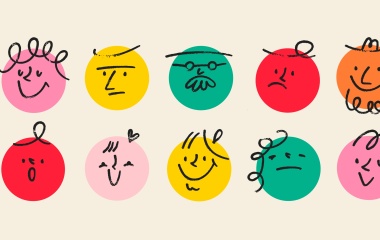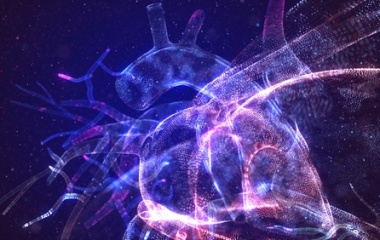
Judaism sees the sparks of the Divine within the most mundane of activities. Revelation at Sinai is followed by a series of laws dealing with such topics as slavery, property damage, assault and battery, lost objects, and court procedures. While all societies have civil codes, Judaism sees these laws as rooted in the Divine system of justice. Their observance embodies the essence of Judaism no less—in fact, more—than the “rituals” of Judaism.
These laws are followed by the commandment to build a Mishkan, a sanctuary, to serve as an earthly abode in which the Divine presence may rest. Revelation must lead to social justice, even, or shall we say especially, in the most trivial of human interactions. This, in turn, leads to the manifestation of the presence of G-d in our midst.
The central component of the Mishkan was the Aron Hakodesh, which housed the luchot habrit and, according to some, the entire Torah, testifying to the covenant between G-d and the Jewish people. Sitting on top of the Aron were two cherubim, made from a single piece of solid gold. The cherubim faced each other with wings soaring upwards to heaven.
Our Sages note that the cherubim had the faces of children (Rashi, Shemot 25:18), one male and one female. Full of innocence, purity, wholesomeness, and brutal honesty, it is the child within us who leads us to G-d. Yet to be corrupted by the deceit all around us and unable and unwilling to be let reality get in the way of idealistic dreams, children must serve as our models. We must strive to give expression to our childhood yearnings even as we age. We must learn to grow intellectually and emotionally; and yet paradoxically we must also maintain our childhood naïveté.
“And [G-d] chased away Adam and stationed the cherubim at the east of Eden, along with the revolving sword blade to guard the path of the tree of life” (Breisheet 3:24). Having banished Adam and Chava from the Garden of Eden for having eaten from the tree of knowledge, and G-d surrounded the tree of life with cherubim, lest man eat from that tree too.
It is the cherubim that protect the purity of the Garden, preserving it from the ravages of man. Like the child, the Garden must remain devoid of sin. The Torah often compares man to a tree; both require much nurturing, and it is often many years before one begins to give fruit. We plant trees, and more importantly nurture children, not knowing how successful our efforts will be. So much is beyond our control; nonetheless we give it our best efforts. It is the cherubim, the children, who protect us, who grant us life and a future, years after we die.
This idea is most subtly and beautifully alluded to in the biblical text. As a consequence of sin, G-d tells man, “for you are dust and to dust you shall return” (Breisheet 3:19) and banishes Adam and Eve from the Garden of Eden. Immediately thereafter, the Torah tells us that “the man knew his wife, and she conceived and gave birth to Cain”. Despite their impending mortality, they live on forever through their descendants, the bnei adam, the human race.
The Torah begins with the description of G-d's creation of man, male and female, in His image. It would take twenty-six generations for man to build a tabernacle to house the Divine presence, for man to “create” a home for G-d. It is the cherubim, the innocent male and female children, who link the physical creation of G-d and the spiritual creation of man. May we merit the proper fusion of the physical and spiritual, the pure child and the sophisticated adult, suffusing our day-to-day activities with Divine purpose.



